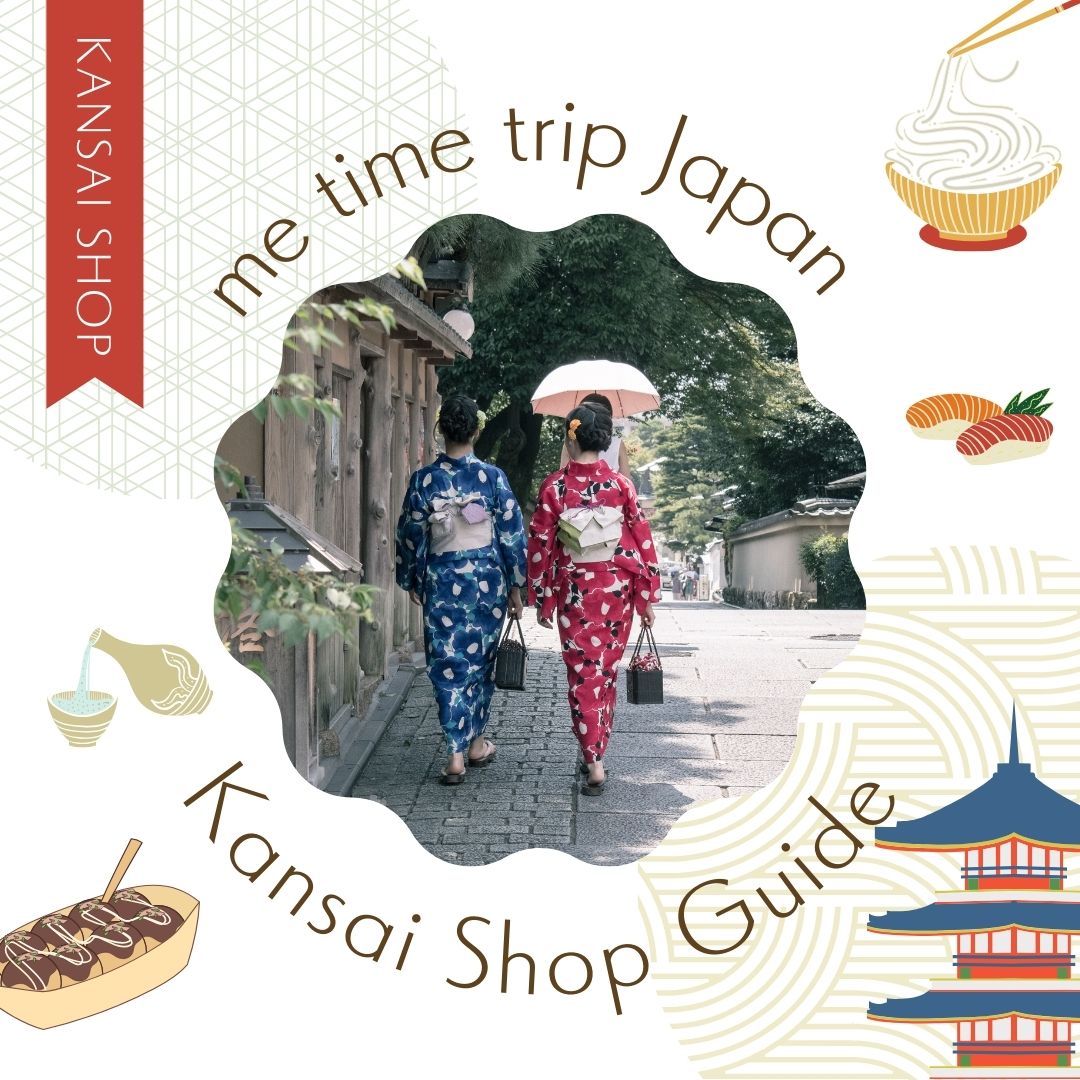A shopping street is a traditional Japanese market lined with local shops. It’s said that there are around 12,500 of these shopping streets all across Japan. These streets offer a mix of local foods, a nostalgic touch of the Showa era, as well as unique shops selling trendy foods and souvenirs. One of the distinctive features is the opportunity to interact with friendly locals, allowing you to experience Japanese culture and lifestyle. Each street reflects the local culture and history, varying in size and ambiance. There might even be unexpected commonalities among them, making it enjoyable to explore while observing these aspects. We’ll introduce the charm of shopping streets where you can indulge in food tasting and shopping.
The Origins of Shopping Streets
Going back in time, we find the origins in the bustling marketplaces and gathering spots of the Sengoku period. These were economic policies implemented by feudal lords within their territories. Additionally, during the Edo period, there were “monzen-machi,” towns near post towns and temples, and during modern times, areas developed around railway stations. Even today, you can find shopping streets near castles and stations. What’s common is that these places naturally formed in locations where foot traffic could be expected. Exploring the history behind shopping streets adds an interesting layer to understanding them.
List of Shopping Streets in Kansai
The shopping streets in Kansai are known for their friendly culture, making it easy to have enjoyable interactions with shopkeepers. In this area, you’ll find many shopping streets where you can have fun exchanges. We’ll introduce the unique features and ways to enjoy each of these shopping streets in Kansai.
■ Tenjinbashi-Suji Shopping Street (Osaka)
Comprising four shopping streets – Tenroku Shopping Street, Tengo Shopping Street, Tenjinbashi Yonchome Kita Shopping Street, and Tenjinbashi Yonban Shopping Street – it spans approximately 870 meters north to south, making it Japan’s longest arcade-style shopping street. With around 300 member stores, it flourishes as a town adjacent to Osaka Tenmangu Shrine, famous for the Tenjin Festival, and is a popular destination for tourists as well.
■Shinkyogoku Shopping Street (Kyoto)
Stretching about 550 meters from Sanjo Street to Ichiba Street, this shopping street may not be very long, but it’s full of character. Here, you can savor authentic flavors of Kyoto’s specialty dishes, traditional Japanese confections, and matcha sweets. Additionally, you’ll find a wide array of lovely souvenirs, including traditional crafts, kimonos, and handmade goods.
While it used to primarily cater to tourists, recently, it has also become popular among the younger crowd, with trendy cafes and apparel shops offering vintage clothing and more. Plus, since the iconic “Nishiki Market,” a must-visit for foodies, is nearby, you can enjoy them together.
■Ikuno Koreatown (Osaka)
Located between Osaka’s Momodani in the Ikuno Ward and Tsuruhashi, it’s collectively known as the “Miyuki-dori Shopping Street.” Originally, it served as a daily market for Korean residents in Japan. However, it has been greatly influenced by several “Korean Wave” trends and now attracts numerous tourists. Korean cuisine, in particular, is widely appreciated in Japan, with classics like Tteokbokki being favorites. Recently, even substantial Korean-style macarons known as “Tungkarong” have gained popularity.
■Shinsaibashi-suji Shopping Street
This bustling shopping street has evolved as a pathway connecting the theaters that existed in the present-day Dotonbori area with the Shinmachi licensed quarter in the Nishi district. As you head north, you’ll encounter many traditional establishments like textile wholesalers, and as you move south, you’ll find a variety of fast fashion stores and popular dining spots, making it a perfect place for a day of enjoyment. Numerous events and campaigns are also regularly held here.
■Nagahama Otemon Street Shopping Arcade (Shiga)
Extending about 250 meters east to west from Nagahama Castle’s Otemon Gate, this shopping street is home to the popular “Kurokabe Square” among tourists. Inside this facility, you can participate in glass-making workshops and other experiential events. Additionally, you’ll find various spots to enjoy, such as restaurants serving local cuisine, Nagahama ramen shops, and the Kaiyodo Figure Museum, making it a delightful place to stroll and explore.
■Kobe Sannomiya Center Street (hyogo)
Situated near Sannomiya Station, Kobe’s primary terminal station, this vibrant shopping street attracts a multitude of visitors. While it lacks grocery stores, it boasts an array of shops ranging from apparel outlets and renowned Kobe bakeries to spacious bookstores, creating a mall-like experience. Notably, it features a two-story layout. With its substantial size that can’t be fully explored in a single day, it stands as a hub in Sannomiya.
■Nara Mochiido Center Street (Nara)
Located near Kintetsu Nara Station, it’s Nara’s oldest shopping street, spanning about 250 meters in length. Within this stretch, you’ll find historical spots that embody the essence of ancient Nara. With over 100 establishments including eateries, souvenir shops, and karaoke spots, it’s a lively street offering something for everyone. An added attraction is that a 5 to 10-minute walk can take you to Nara Park.
■Sen-nichimae Doguyasuji Shopping Street (Osaka)
Osaka has long been known as the “Kitchen of the Nation” and a place for food lovers. Sen-nichimae Doguyasuji Shopping Street is a bustling marketplace where professional chefs find all the tools they need to support such a city. Beyond professional-grade equipment, you’ll also discover unique Japanese souvenirs like food replicas that are beloved by visitors. You can even enjoy street food like takoyaki while exploring, making it a fun experience of both tasting and sightseeing.
Summary:
In addition, there are plenty of distinctive shopping streets like Osaka’s “Ohatsu Tenjin Street” and Hyogo Prefecture’s “Uo-no-Tana Shopping Street” in Akashi City. When you visit for sightseeing, try searching for “nearby shopping streets” and consider taking a detour to explore them.


